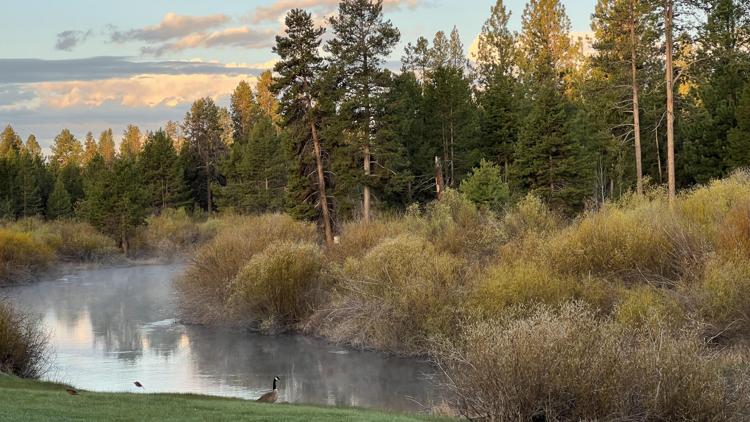This article was published on: 05/19/23 10:41 AM
By Michael Kohn
Wickiup Reservoir is having a moment.
The reservoir that supplies critical water for Jefferson County farmers is only a few percentage points lower than its peak level a month ago, draining off at a relatively slow rate due to this spring’s cool and wet weather in Central Oregon.
As of Friday, the reservoir was still 60% full, according to data compiled by the Bureau of Reclamation, just seven percentage points down from its peak in mid-April.
“We haven’t been drawing it down very fast,” said Jeremy Giffin, Deschutes Basin watermaster.
“We are in week six of irrigation season and we have drafted Wickiup down just 10,000 acre-feet, that is pretty impressive.”
The current level is 25,000 acre-feet higher than this time a year ago, a significant improvement that will help farmers bounce back from a devastating drought impacting Central Oregon over the past four years.
An acre-foot is the amount of water it would take to cover one acre of land in a foot of water — 25,000 acre-feet would fill 12,330 Olympic-size swimming pools.
The drawing down of Wickiup Reservoir can occur rapidly when irrigation districts call for more water in response to hot weather. Cooler weather allows irrigation districts to hold back water for use later in the season, or to carry over into the next irrigation season.
Wickiup stores water for North Unit Irrigation District in Jefferson County, where farmers are some of the most efficient water users in the state.
In addition to holding back water due to reduced demand, the Little Deschutes, a tributary of the main Deschutes, is running higher than usual compared to recent years. Last week the flow of the Little Deschutes increased to 400 cubic feet per second, the highest level in two years, said Giffin.




